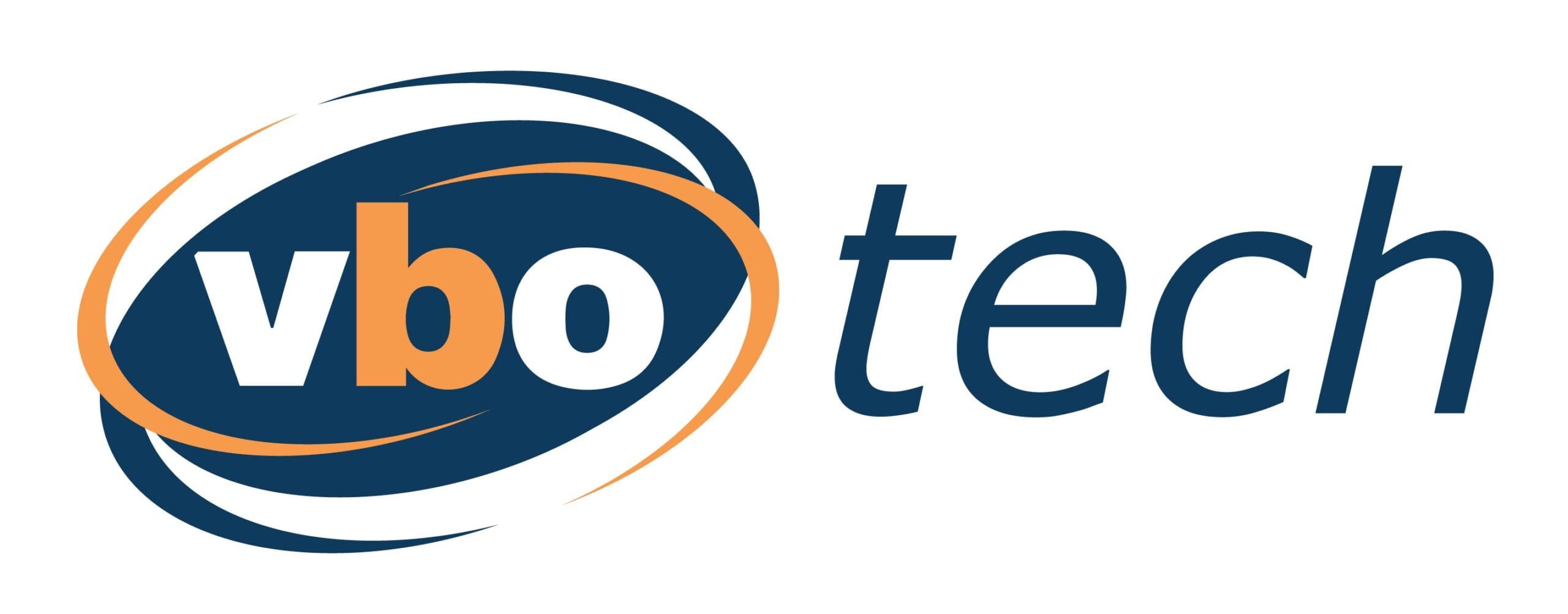Sidechains come in many variations depending on the functions they are built for. While both Liquid and Rootstock are Bitcoin sidechains, they function very differently since the latter is specifically created for the purpose of running smart contracts more efficiently. Sidechains offer several key advantages, making them an attractive solution for businesses and developers looking to leverage blockchain technology more effectively. Because sidechains are EVM-compatible, they are considered a useful scaling solution for Ethereum-native dapps.
Build your identity as a certified blockchain expert with 101 Blockchains’ Blockchain Certifications designed to provide enhanced career prospects. Users can convert their BTC to LBTC and use it to acquire other Liquid-based cryptocurrencies, lend it out for interest, or even issue new stablecoins and other types of assets. Similar to RootStock, Liquid provides Bitcoin holders with additional use cases not available on the Bitcoin mainchain. TokenArdor’s ARDR token is used for governance, while child chains each have their own cryptocurrencies for interaction.
Asset Transfer Between Mainchain and Sidechain
It is because, to our surprise, the sidechain as a concept is making a comeback. This article will break down sidechains and understand their scalability potential. We will cover the benefits that made it famous in the last cycle and the drawbacks that led it out of style.
Why Choose Kaleido for Sidechains?
Now let’s looks at the side chain definition and the importance of this technology. A sidechain operates independently from the main chain but is still connected to it. The two chains communicate through a two-way peg, which is a mechanism that enables the transfer of assets or data between the main chain and the sidechain.
RSK (Rootstock):
They represent a crucial bridge between the need for high-speed, low-cost transactions and the foundational principles of decentralization and security. As blockchain technology evolves, sidechains will likely play an essential role in expanding the horizons of what decentralized networks can achieve. The explanation for sidechain crypto usage would largely emphasize the seamless transfer of assets among blockchain networks, irrespective of ownership. Now, the sidechains must ensure the exchange of digital assets with the parent blockchain without counterparty risks.
Cryptocurrencies such as Bitcoin have rewritten the rules for accessing financial services alongside exercising control and ownership of your assets. Over the course of more than a decade, since the first cryptocurrency, i.e., Bitcoin, arrived in the world, many new cryptocurrencies have emerged with distinct utilities. In addition, bitcoin’s value is skyrocketing the use of blockchain technology beyond cryptocurrencies, such as in decentralized apps and smart contracts, has marked a profound growth in traffic on blockchain networks.
- Anchoring sidechain states on the mainchain exposes any malicious attempts to alter its history by comparing it to records stored in the mainchain.
- Sidechains offer several key advantages, making them an attractive solution for businesses and developers looking to leverage blockchain technology more effectively.
- The explanation of the use of two-way pegs in sidechains shows that the transfer of assets does not actually happen.
- Sidechains drive scalability and efficiency improvements across blockchain ecosystems by enabling more complex transactions and innovative applications.
- Sidechains provide a sandbox environment for developers to experiment with new features and functionalities.
This means 10 times as many blocks can be added to the sidechain versus Bitcoin’s blockchain. The network also allows users to transact digital assets more privately, what moves ripple xrps price by masking the amount and asset type being transferred. With the help of two-way pegs and smart contracts, sidechains could ensure the ideal solution for scalability problems with blockchain. Most important of all, cross-chain interoperability through sidechains could also enable seamless access to different blockchain-based projects.
Its comprehensive suite of tools and services, coupled with its user-friendly interface, makes it an ideal choice for businesses seeking to leverage blockchain technology effectively. Sidechains have a broad range of applications across various industries, offering solutions to specific challenges and enhancing blockchain functionalities. Sidechains can provide enhanced privacy features that may not be available on the main chain. By segregating specific activities or data onto a sidechain, users can enjoy increased privacy and confidentiality. This is particularly useful for applications that require sensitive information to be kept private. Redeeming the original asset on the source chain involves reversing the locking process.
This means that digital assets such as tokens can be securely transferred between blockchains – allowing projects to expand their ecosystem in a decentralized manner. The easy transfer of assets between sidechains and the mainnet depends on the off-chain process or transactions happening outside the mainnet. The explanation of the use of two-way pegs in sidechains shows that the transfer of assets does not actually happen. With an imaginary transfer, the assets are locked and released on either end after successful validation of the assets or transactions. The working of sidechains explained how smart contracts could come into play in this scenario. Smart contracts play a crucial role in facilitating the validation required for moving assets to and from between sidechains and the mainnet.
This is why efforts are underway to ensure everyone can run a full node on the Ethereum network. To facilitate this transfer back and forth between blockchains, a two-way peg is required. In practical terms, an individual using the Bitcoin mainnet needs to send bitcoin to an output address. Once the transaction is confirmed, a notice of the completed transaction is broadcasted across Bitcoin’s network. Checkpointing on the mainchain adds an additional layer of security by providing a reliable and tamper-proof record of the sidechain’s operations. Checkpointing is similar to anchoring but often involves saving more how to buy flokinomics detailed information, like full blocks or transaction histories, from the sidechain onto the mainchain.


